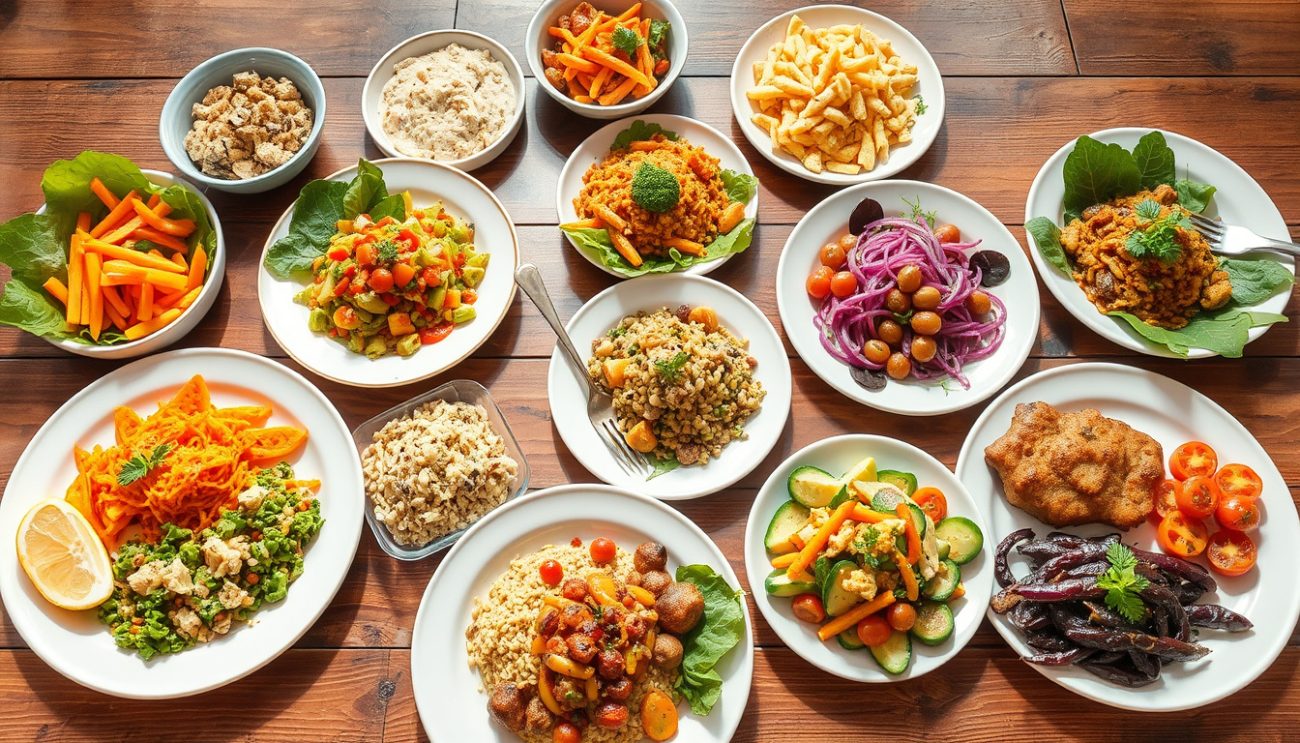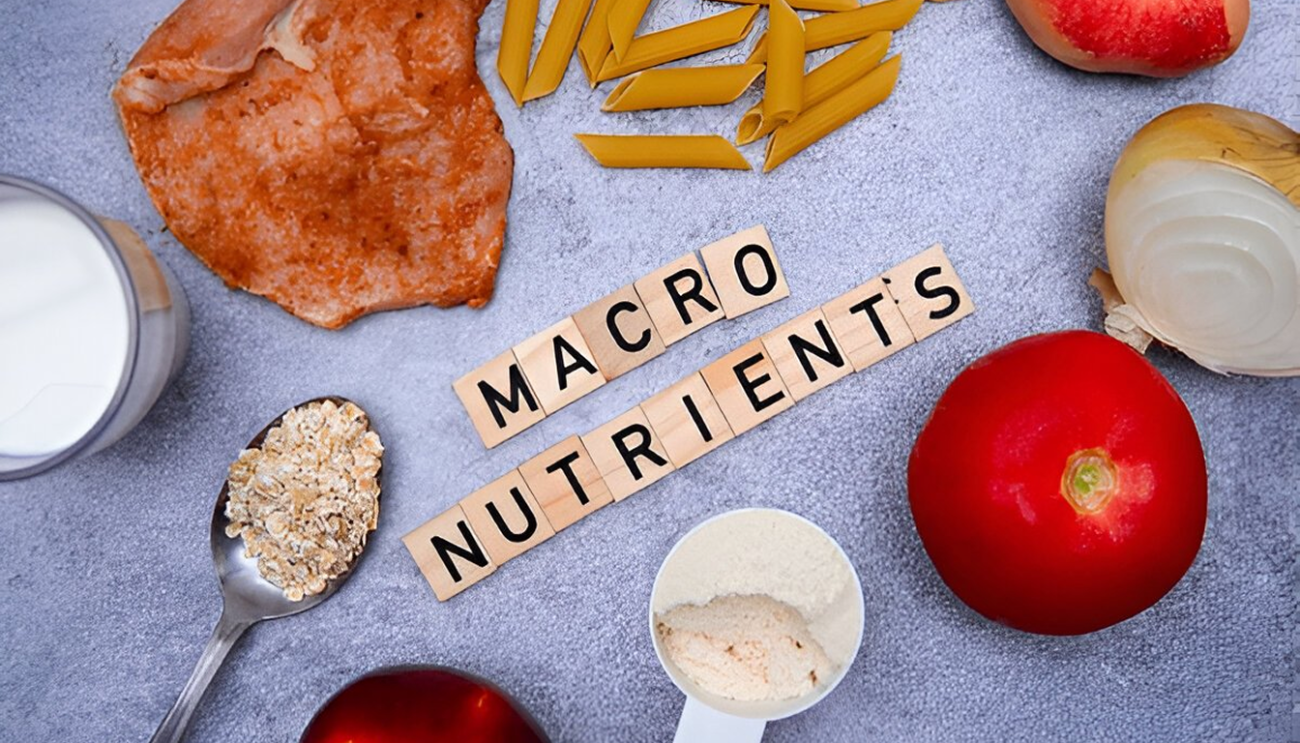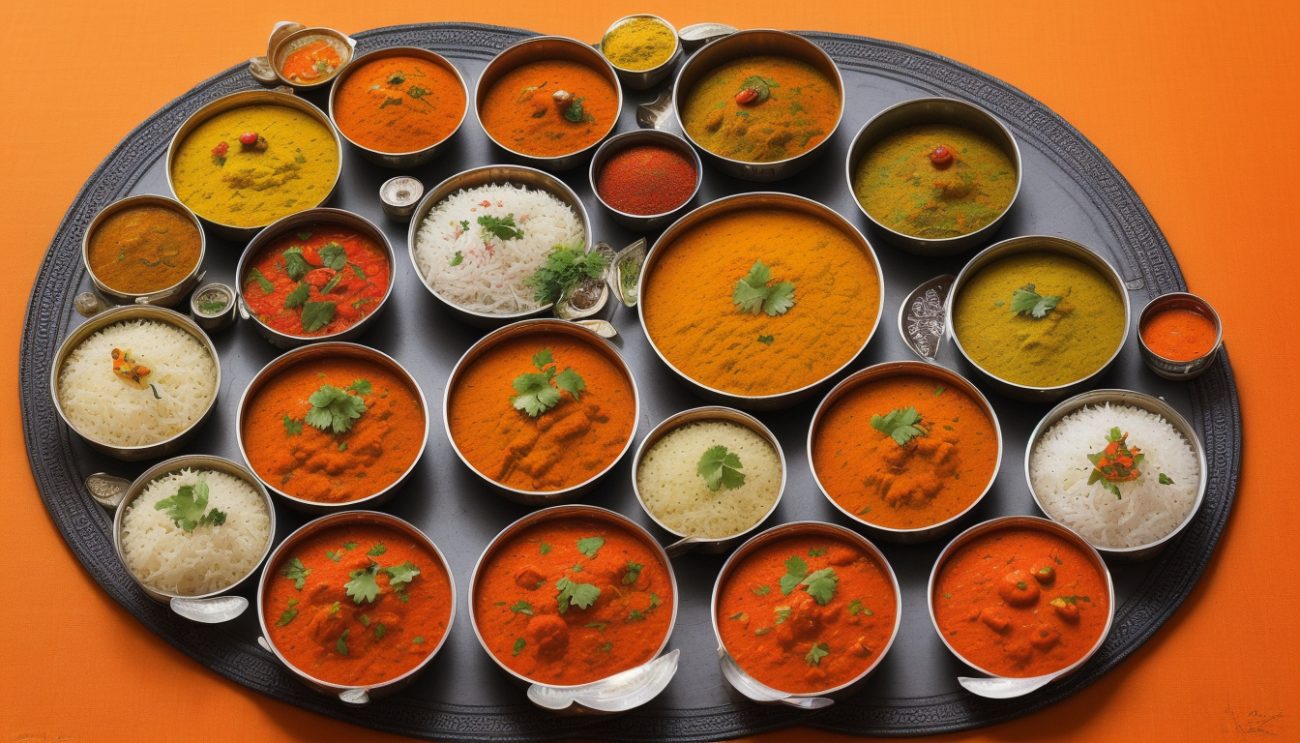Fusion Frenzy: Exploring the Creative Intersections of Global Cuisines
In today’s ever-connected world, food has become a vibrant canvas where cultures, traditions, and innovations collide and blend. The phenomenon known as fusion cuisine exemplifies this culinary crossroad—where flavors, techniques, and ingredients from disparate cuisines
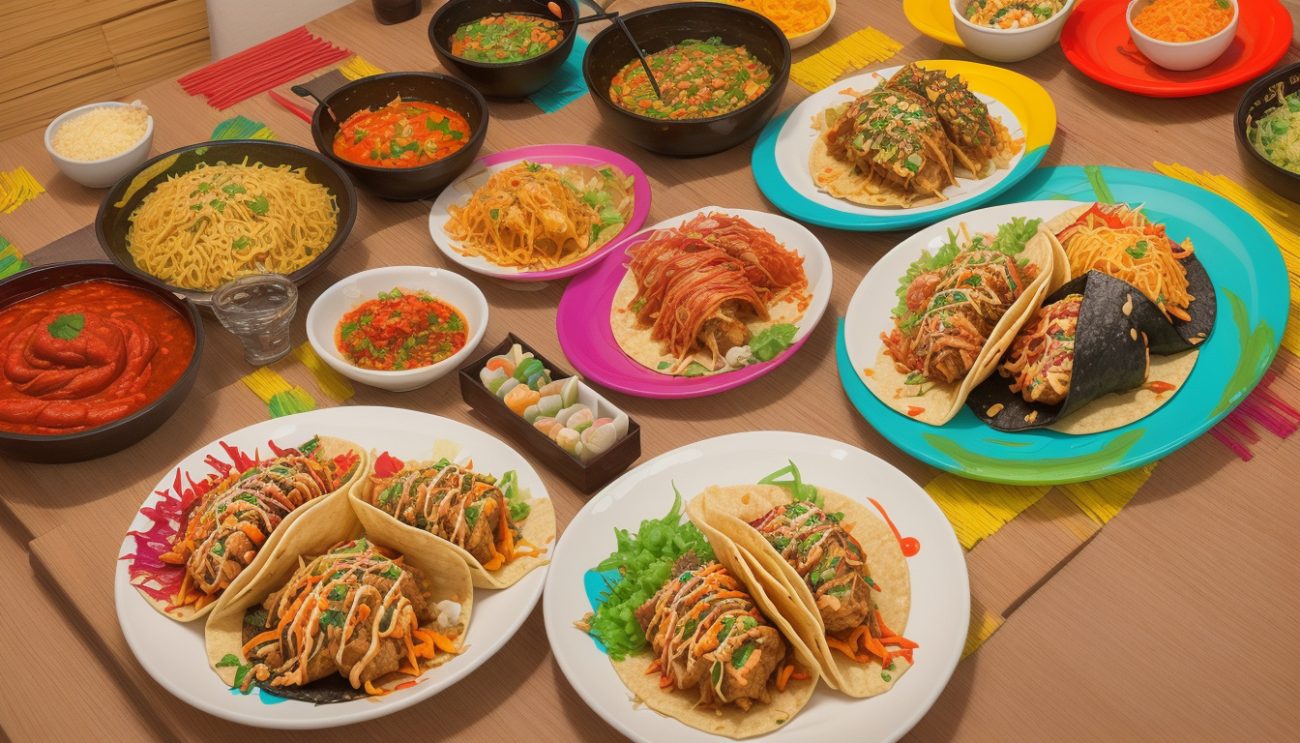
In today’s ever-connected world, food has become a vibrant canvas where cultures, traditions, and innovations collide and blend. The phenomenon known as fusion cuisine exemplifies this culinary crossroad—where flavors, techniques, and ingredients from disparate cuisines creatively merge to produce extraordinary dining experiences. Understanding the evolution, art, and cultural significance of these culinary intersections reveals the story behind the plates and the people who craft them.
The Evolution and Roots of Fusion Cuisine
Fusion cuisine is far from a passing trend; its roots extend deep into human history and migration. For centuries, as people moved, traded, and interacted, they exchanged food ideas, ingredients, and cooking styles. The ancient Silk Road not only facilitated the flow of exotic spices and foods but also fostered cultural interchanges that permanently influenced regional cuisines.
Colonialism and global exploration similarly shaped local food traditions by introducing unfamiliar ingredients and cooking methods. Tomatoes, now a staple in Italian cooking, originated in the Americas, illustrating how culinary elements transcend their origins to become globally embraced.
The modern wave of fusion cuisine emerged predominantly in the latter half of the twentieth century, driven by increased globalization, cross-cultural exposure, and adventurous chefs eager to explore beyond traditional boundaries.
The Art and Science of Culinary Fusion
Crafting successful fusion dishes demands more than mere juxtaposition of flavors; it requires a nuanced understanding of each cuisine’s palate, cooking techniques, and cultural contexts. The goal is harmony—melding heritage and innovation to create dishes that honor their origins while presenting fresh culinary perspectives.
Consider dishes like sushi burritos, which combine the meticulous craft of Japanese sushi with the hearty accessibility of Mexican burritos, or kimchi tacos that marry the spicy, fermented goodness of Korean staples with Mexican street-food flair. These creations illustrate the delicate balance of respecting tradition while embracing change.
Chefs often experiment extensively, learning when to highlight contrasting textures or when to meld flavors seamlessly. The process involves trial, error, and deep culinary insight, ensuring that fusion elevates rather than dilutes the constituent cultures.
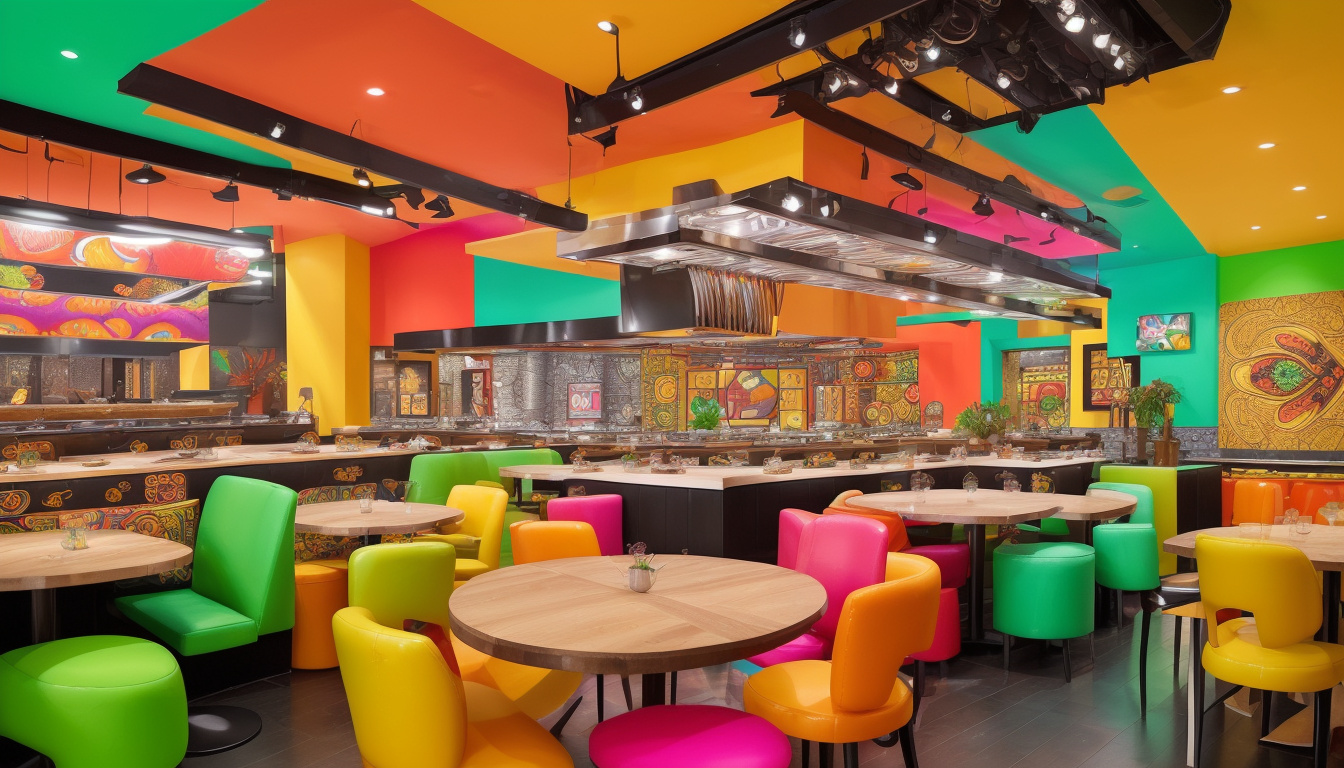
Fusion as Cultural Dialogue and Identity
Fusion cuisine goes beyond taste—it represents vibrant stories of migration, community, and identity. In multicultural societies like New Zealand, chefs fuse diverse ethnic traditions reflective of their heritage, producing dishes that are globally inspired yet unmistakably local. This cultural interplay encourages dialogue and fosters understanding among communities.
Food sociologists and culinary experts argue that fusion challenges rigid notions of “authenticity.” Rather than seeing authenticity as static, it becomes dynamic—a reflection of evolving tastes, available ingredients, and intercultural exchange.
Moreover, initiatives like gastro-symposiums and culinary conversations mobilize chefs and food enthusiasts to discuss how food defines a nation’s identity and how to innovate responsibly without cultural erasure or insensitivity.
Contemporary Trends and Hybrid Cuisine
The current landscape of fusion cuisine is marked by increasing complexity and deliberate creativity. Beyond blending techniques, modern fusion explores textural contrasts, inventive plating, and even molecular gastronomy to push culinary boundaries.
Hybrid cuisine—a close relative of fusion—goes a step further by creating truly new food identities. Instead of simply combining elements, hybrid dishes integrate the soul and essence of multiple culinary traditions into wholly original creations. An example might be a dish that combines South Indian spice profiles with Japanese umami principles, resulting in a balanced and unique flavor experience.
Ease of travel, comprehensive culinary education, and digital access to diverse food cultures propel these movements, while platforms offering fusion dishes allow wider audiences to savor innovative combinations.
Challenges and Opportunities
Despite its growing popularity, fusion cuisine invites critical questions about cultural appreciation versus appropriation. Chefs must engage respectfully with source cultures, striving for authenticity in technique and intent rather than exploitation or novelty alone.
Moreover, fusion encourages cooks and consumers alike to value quality ingredients and seasonality, which enrich fusion dishes and maintain culinary excellence.
In culinary hubs around the world, fusion cuisine represents a collaborative journey. It echoes the notion articulated by renowned chefs: meaningful progress requires unity and shared effort, not isolation.
Conclusion: The Future of Food is Fusion
Fusion cuisine exemplifies the evolving nature of global food cultures—dynamic, interconnected, and creative. By bringing together flavors, memories, and histories from across the world, it offers a savory testament to human innovation and cultural harmony.
As globalization continues to dissolve borders, fusion food stands as a delicious metaphor for the common ground found through shared meals. This “fusion frenzy” promises a future rich with new tastes, expanded palates, and culinary adventures that celebrate both the familiar and the novel in every bite. Whether through a meticulously crafted dish or a playful hybrid creation, when cuisines collide creatively, the result is nothing short of exhilarating.
References drawn from culinary thought leaders, global gastronomy movements, and food culture analyses revealing the ongoing synergy between tradition and innovation in fusion cuisine.

